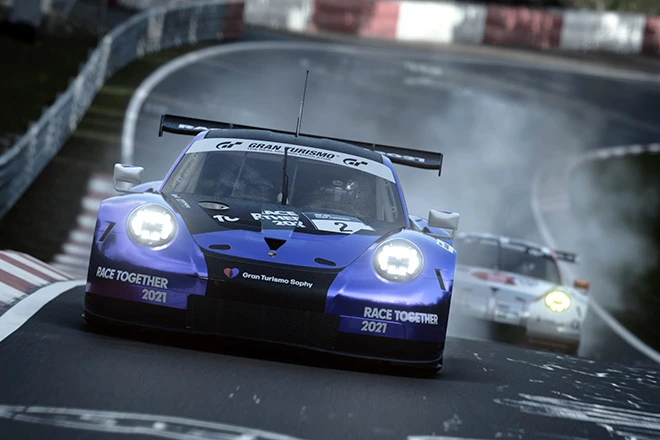The Birth of Racing
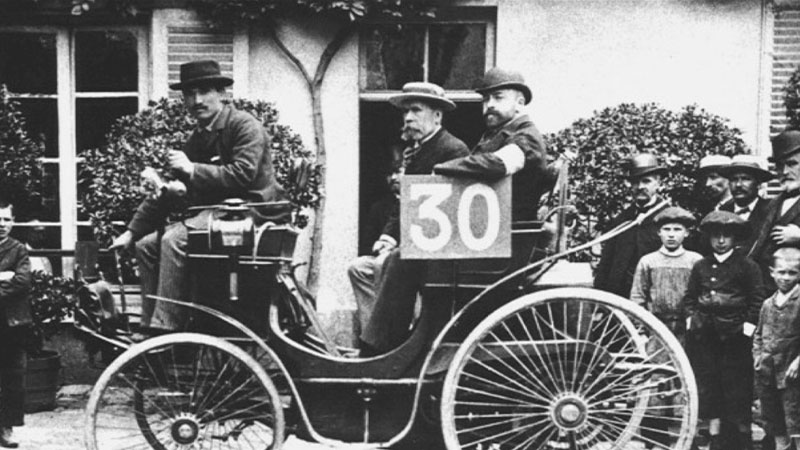
Racing, with its roots buried deep in the annals of human history, emerges as one of the oldest forms of competitive endeavor. From the exhilarating chariot races of ancient civilizations to the high-octane motorsport spectacles of the modern era, the pursuit of speed and victory has captivated audiences across generations.
In antiquity, chariot races were a cornerstone of society, blending athleticism, strategy, and spectacle in a riveting display of skill and bravado. In ancient Greece, the Olympic Games featured chariot races as one of its premier events, drawing athletes and spectators from far and wide to witness the thrill of victory and the agony of defeat. Similarly, ancient Rome embraced racing as a form of entertainment, constructing grand stadiums like the Circus Maximus to host thrilling chariot races that drew crowds of thousands.
Read also “The birth of racing“.
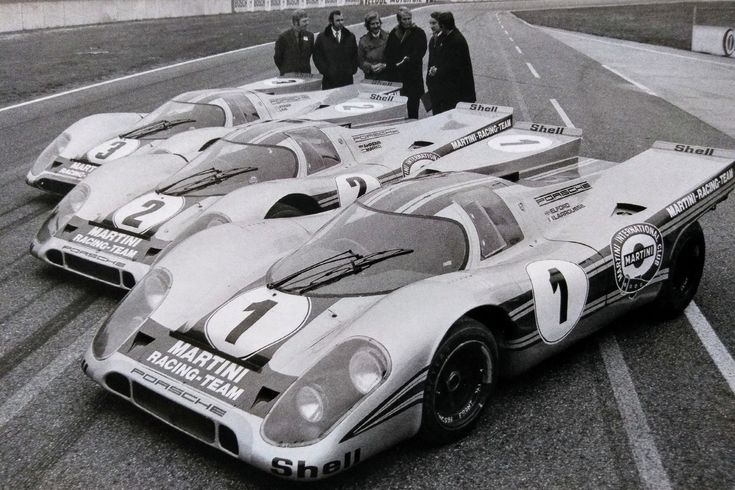
As civilizations evolved, so too did the world of racing. The invention of the automobile in the late 19th century marked a seismic shift in the history of racing, giving rise to the sport of motorsport as we know it today. The Paris–Rouen race in 1894 is often cited as the first competitive automobile race, laying the groundwork for the evolution of motorsport into a global phenomenon. Over the years, iconic races like the Indianapolis 500, the Monaco Grand Prix, and the Le Mans 24 Hours have captured the imagination of audiences worldwide, showcasing the power, speed, and spectacle of modern racing.
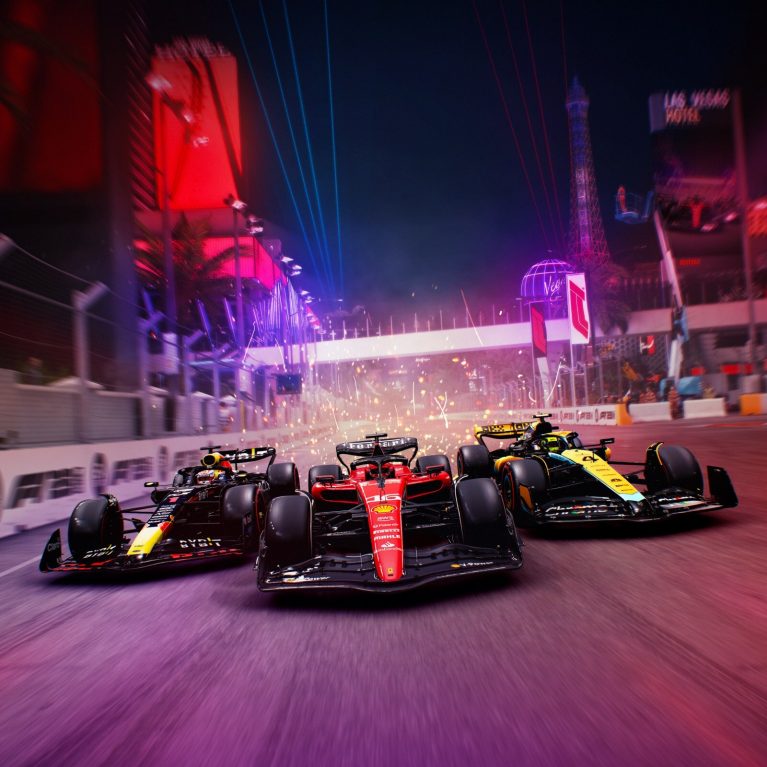
The Birth of Racing in Games

The birth of racing in games can be traced back to the dawn of the video game industry, where early pioneers laid the groundwork for what would become a thriving genre in gaming. In the 1970s, games like “Gran Trak 10” and “Night Driver” offered rudimentary racing experiences with simple graphics and gameplay mechanics. These early games, while primitive by today’s standards, laid the foundation for what would become a rich and diverse genre in gaming.
Read also : “Birth of racing in games“.
As technology advanced, so too did racing games. The 1980s saw the rise of arcade classics like “Pole Position” and “Out Run,” which introduced players to the thrill of high-speed racing with colorful graphics and immersive sound effects. With the advent of home gaming consoles in the 1990s, racing games entered a new era of popularity, with iconic titles like “Super Mario Kart,” “Need for Speed,” and “Gran Turismo” captivating gamers around the world.
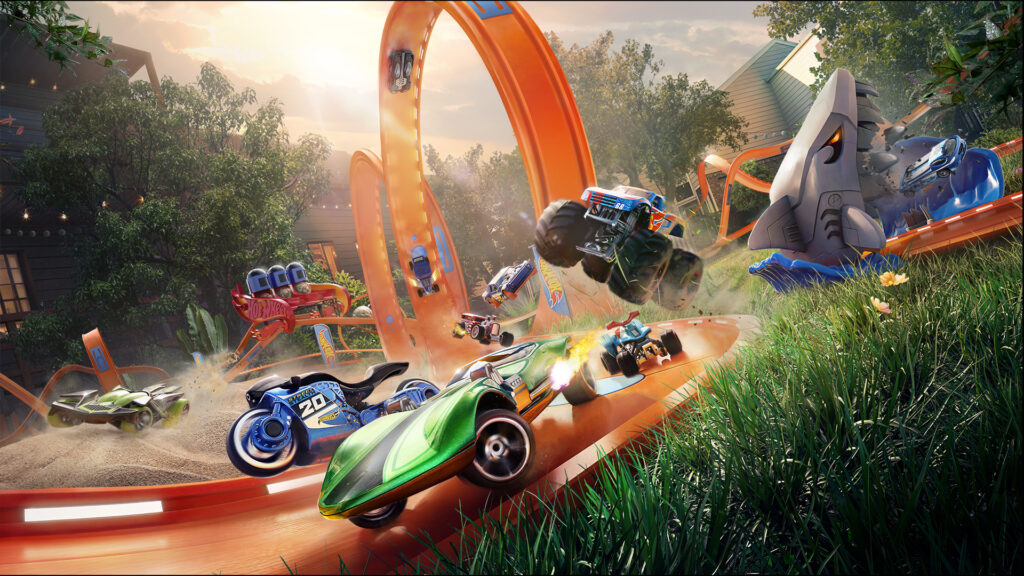
The 1990s are often regarded as the golden age of racing games, with the emergence of 3D graphics and multiplayer modes revolutionizing the genre. Games like “Mario Kart 64” and “Diddy Kong Racing” brought the excitement of kart racing to a new generation of players, while titles like “Gran Turismo” and “Sega Rally Championship” offered realistic simulations that pushed the boundaries of what was possible in gaming. With the rise of online gaming in the early 2000s, racing games became more immersive and competitive than ever before, paving the way for the modern era of gaming.
Conclusion:
The birth of racing and racing in games are two revolutions that have shaped the world of entertainment in profound ways. From the chariot races of ancient civilizations to the high-speed thrills of modern motorsport, racing has captivated audiences for centuries with its blend of speed, skill, and spectacle. Similarly, racing games have evolved from simple arcade experiences to sophisticated simulations that rival real-world racing in terms of realism and excitement. As technology continues to advance, so too will the world of racing and racing in games, offering players new and innovative ways to experience the thrill of the track from the comfort of their own homes.


